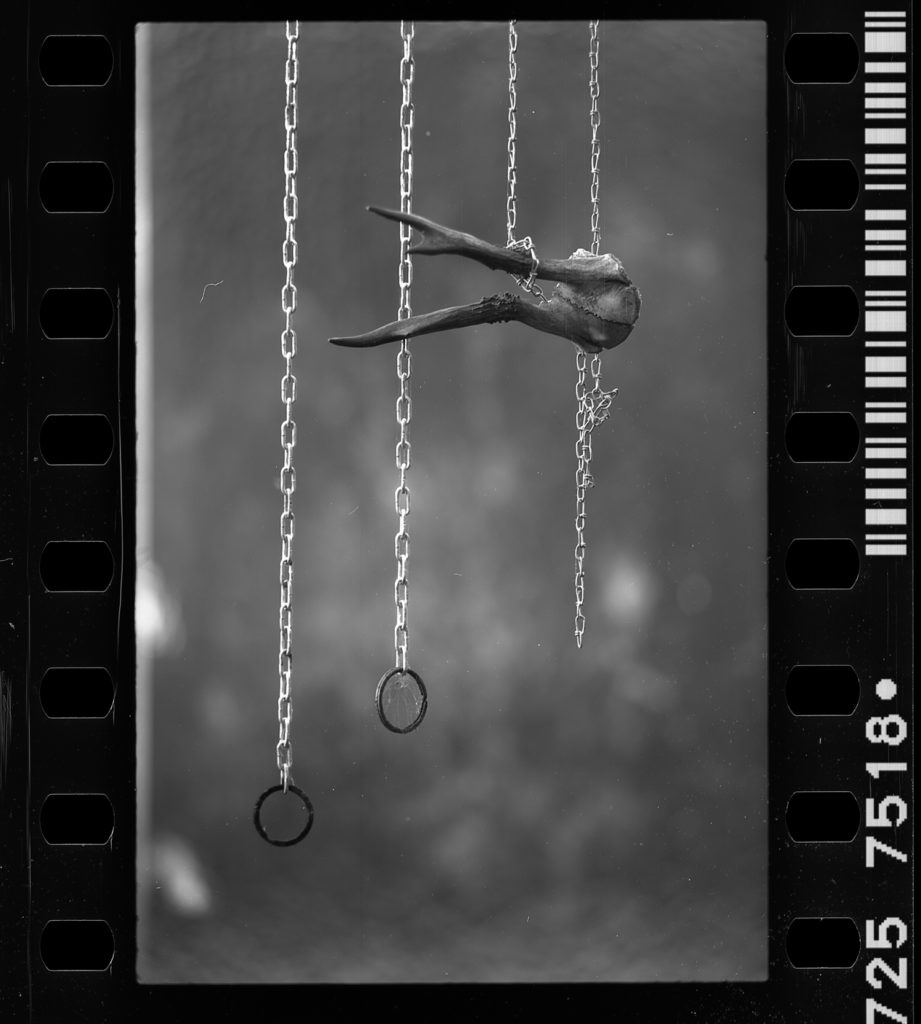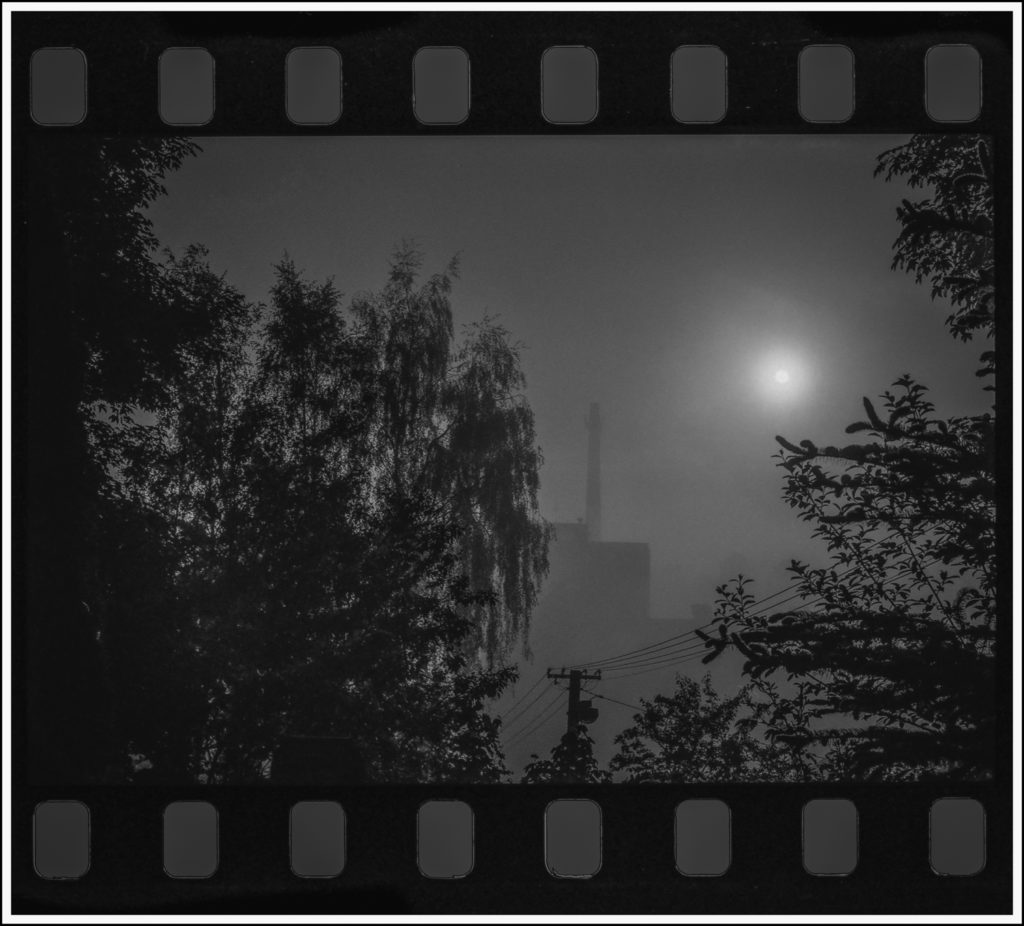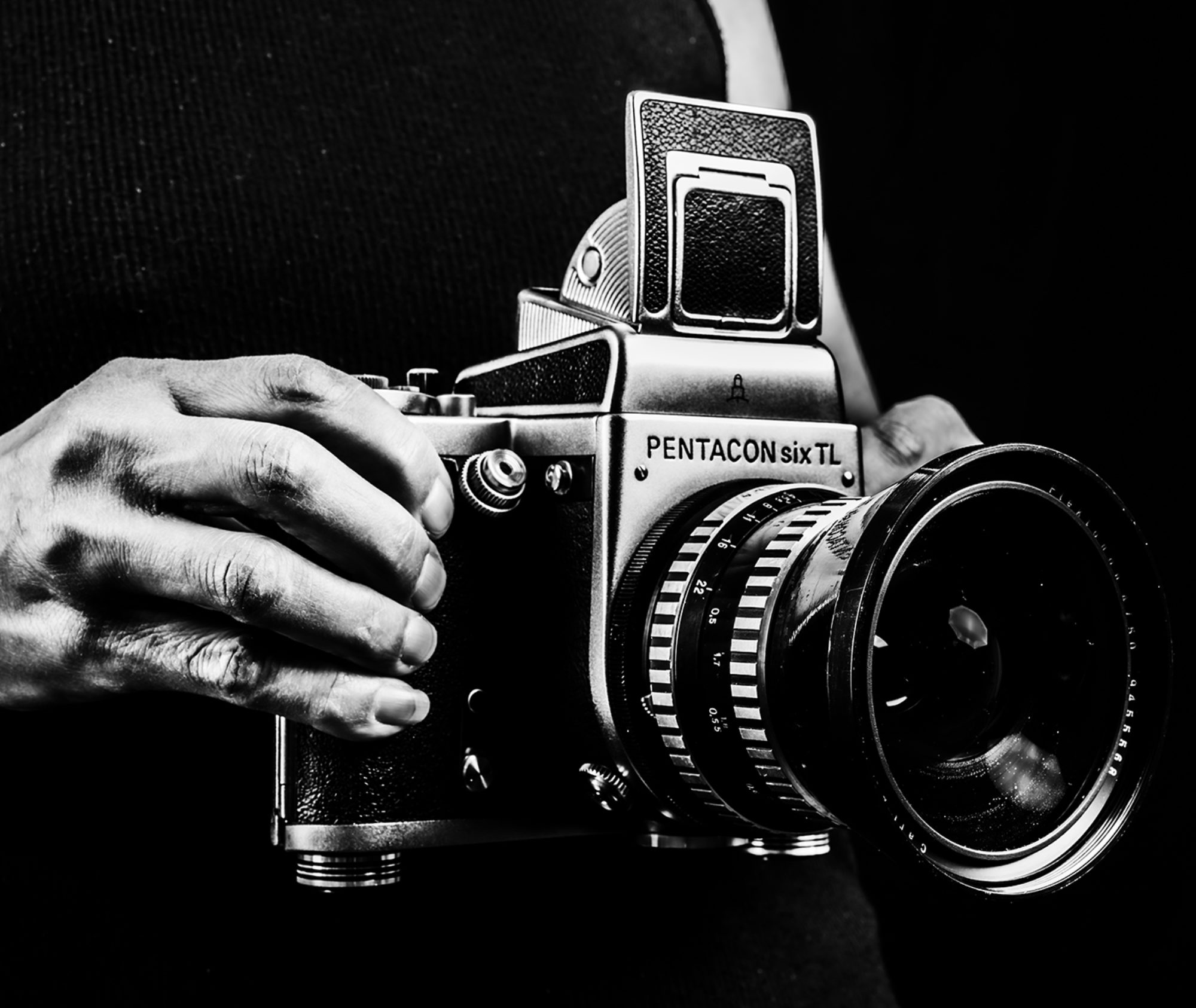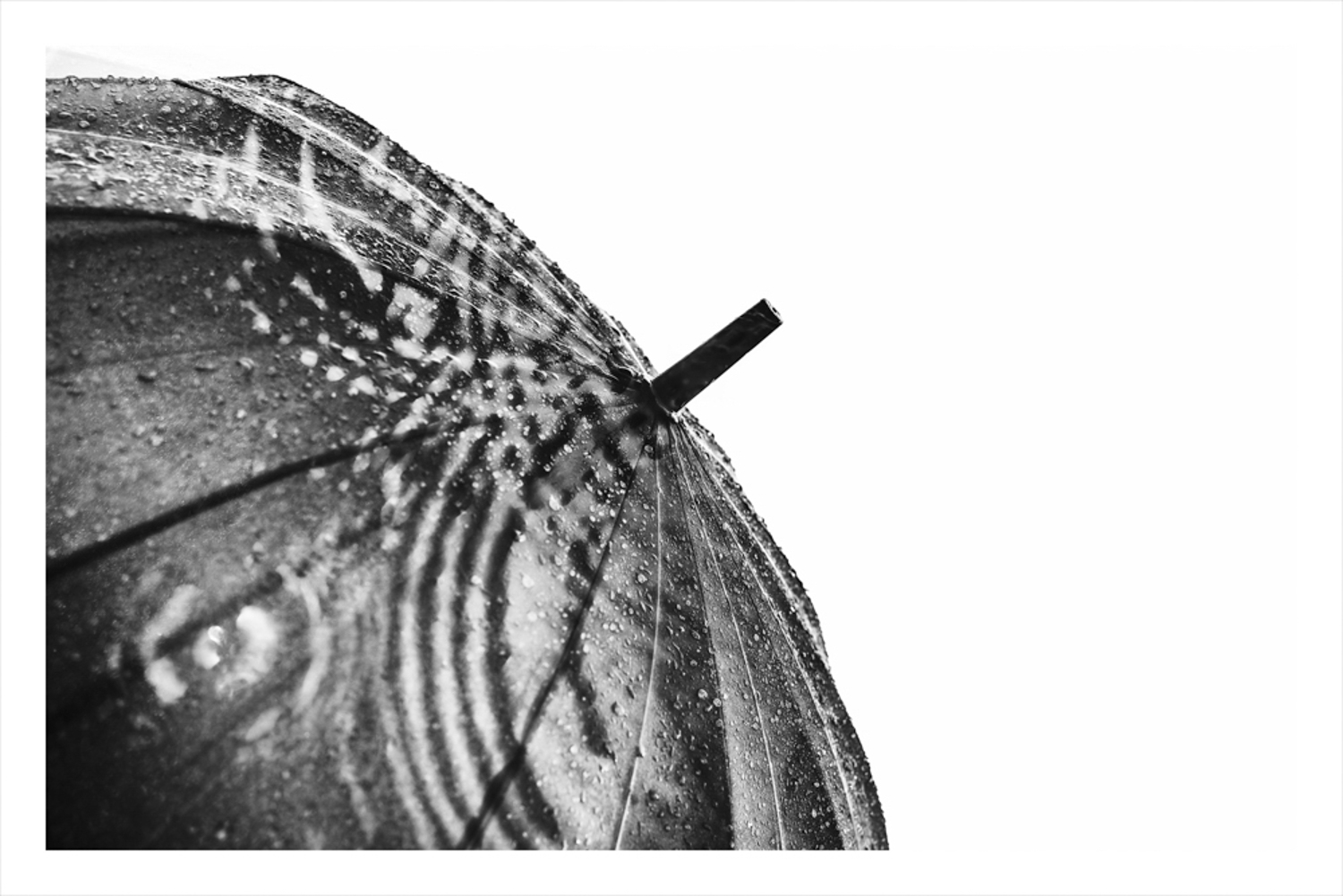from my storybook Paradox of fiction
Life is nothing more than a desk with three drawers. Three tiers that we fill with all sorts of things – those we need and those we don’t. Each drawer has its purpose, its logic, its role.
The first drawer thrives on chaos. It always has. We fill it with things we keep coming back to, even though they’re hopelessly scattered. Photos, old concert tickets, keys whose locks we’ve long forgotten, notes, random quotes scribbled on the back of receipts. Order exists here only briefly – right after every attempt to tidy up. Then, it falls back into its natural state: chaos. This drawer is our wild side, living in the moment, trying not to dwell too much on the past or obsess over the future.
The second drawer is neater, calmer. Things are placed here more deliberately. Contracts, unfinished manuscripts, half-formed ideas waiting for their moment. It has its order, but not so rigid as to stifle the joy of discovery. This drawer is like our thoughts, sorted but not yet fully understood. It’s where we set aside our dreams and plans, waiting for the right time to bring them to life.

The bottom drawer is the least used, yet perhaps the most important. It holds the essentials – the things we always need within reach but prefer out of sight. Its order is absolute because we only open it in moments when there’s no time to waste. Here lie our foundations – documents no one reads until they’re needed, memories that shaped us but remain tucked away. The bottom drawer is logic, a safety net, the last resort.
But… what if there were a fourth drawer? A secret one, hidden in the back of the desk, known to few and feared by all. This drawer holds what we dare not admit to ourselves: guilt, failures, forbidden desires, things we buried believing we’d never have to confront them again. It’s locked, but we always have the key in our pocket. Sometimes it tempts us, whispers to us, begs us to open it. And when we do, we can lose ourselves for hours – or years.
Every story, every memory, every experience belongs to one of these drawers. Some are born for the first drawer – chaotic and full of emotion. Others find their place in the second, waiting to become something more. Then there are those that force us to open the bottom drawer, reaching deep to remember everything we’ve already survived. And the most painful ones? They end up in the secret drawer, lying in wait until the day we’re brave enough to face them.
Time marches on relentlessly. And as we grow older, we wish our entire desk resembled the bottom drawer: tidy, logical, safe. We crave order. But what if that order signals the end? What if it’s the disorder of the first drawer – its scattered memories and untamed ideas – that keeps our hearts young? What if it’s the chaos that drives us to keep living?

And so, we return to the desk, to our drawers. We open them, sift through them, deciding what to discard and what to keep. But that secret drawer? Perhaps it will never truly close. Because sometimes, it’s what we tried hardest to forget that ultimately teaches us how to live.
And honestly, I’ve got a mess in every single one of them.
All photographs and texts are my own and are protected by copyright law. Their use is permitted only with my written consent. MIC©

